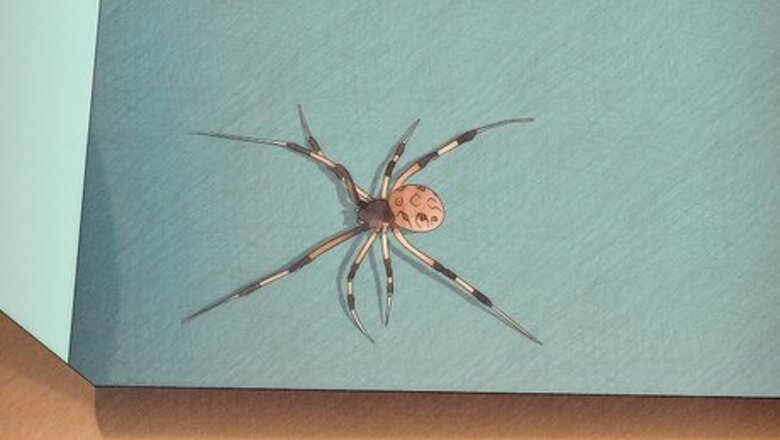
views
Identifying a Brown Widow Spider
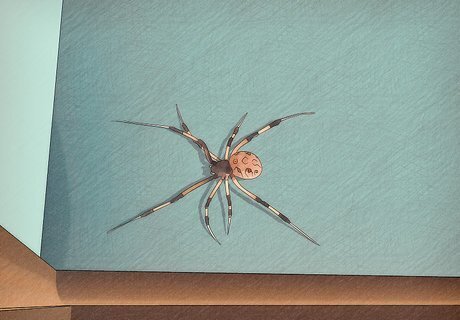
Observe the color of the spider. Brown widows will be brown, tan, and gray with a mottled or spotted pattern. Some may also have white or black markings on their backs.

Look for the hourglass marking. Like black widows, brown widows have a very distinctive hourglass marking on the underside of its abdomen. This marking, however, is yellowish to bright orange.
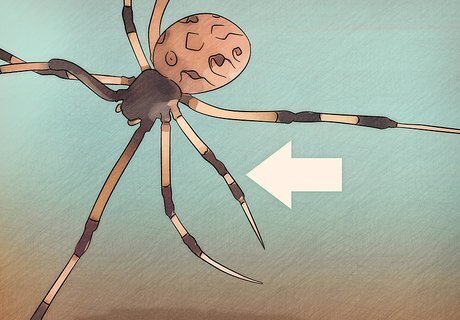
Take note of any dark bands on the legs. The front pair will be longer than the rest.
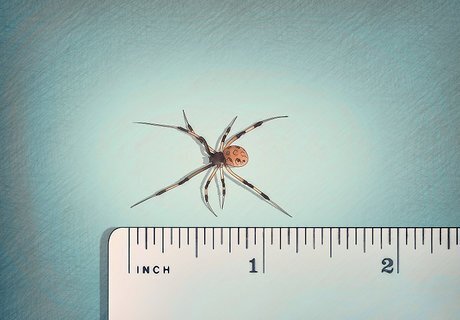
Check the size. The females will be 1 to 1 ½ inches (centimeters) long, including the legs. The males will be ½ to ¾ of an inch (centimeters) long.
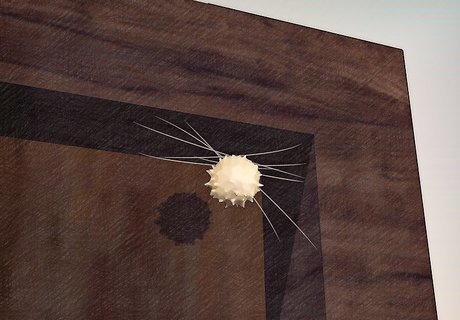
Search for any round, spiky egg sacs. Brown widow spiders can look similar to certain species of black widow spiders, and their brown color can make them hard to distinguish from other spiders. Knowing what a brown widow's egg sac looks like can help you identify it with more certainty. Here are some things to look for: Size: ½ inch (centimeters) Color: Ivory, tan, or yellow Shape: Round and spiky Location: On the web
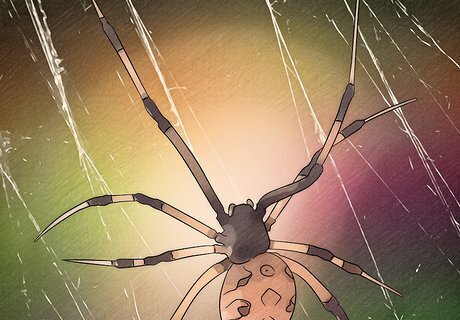
Look for cobwebs. Brown widow spider webs look different from the traditional lace-like spider web. Instead, they are three-dimensional (instead of flat) and cobwebby.
Recognizing Brown Widow Spider Habitats
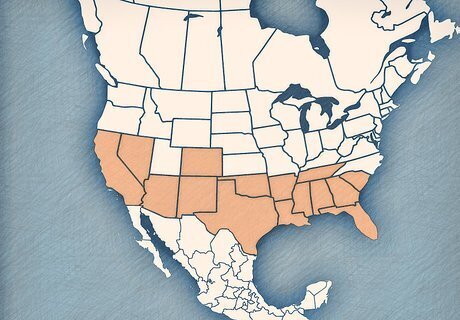
Know if brown widow spiders live in your state. Brown widow spiders are typically found in the southern part of the United States. Here is a list of the states that they can be found in: Alabama, Arizona, Arkansas California (particularly southern California), Colorado Florida, Georgia, Hawaii Louisiana (particularly New Orleans), Mississippi Nevada, New Mexico Oklahoma, South Carolina Tennessee, Texas

Know if brown widow spiders live in your country. Brown widow spiders are not just found in the United State; they can also be found in other countries, including: Asia Australia Caribbean Islands Cyprus Japan South Africa

Brown widow spiders prefer secluded areas. Like most spiders, brown widow spiders prefer dark, less-frequented places, such as woody areas. They can also be found in urban areas and around your home and backyard. Here are some places where you are likely to find brown widow spiders: Around garden, including under railings and inside empty flower pots In closets, attics, and garages, including inside boxes and under handles Around your house, particularly under eaves, and behind window shutters Underneath furniture, both patio and indoor Within folds of linen and clothing Inside shoes
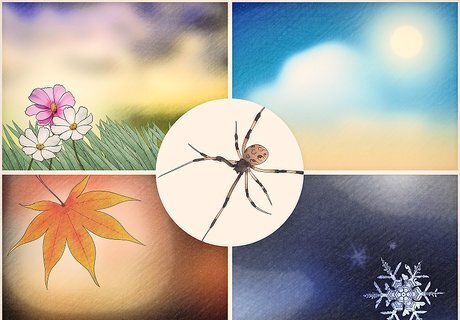
Know when brown widow spiders come out. Unfortunately, brown widow spiders are active during all four seasons: spring, summer, fall, and winter.
Treating Brown Widow Spider Bites
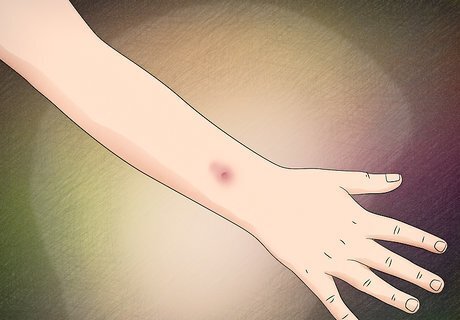
Be able to identify a brown widow bite. Fortunately, brown widow spiders are not able to inject as much venom as some other species, so their bites are rarely serious. Here is what you should expect from a brown widow bite: The bite hurts or stings a little There is a small, red mark where you got bitten
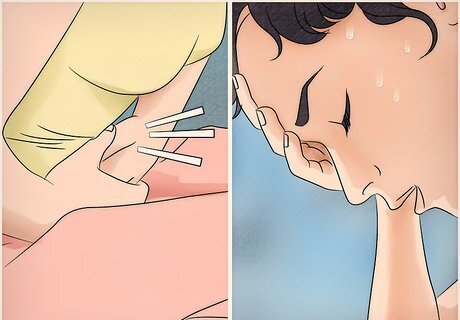
Know when to see a doctor. Sometimes, the body can have a far more severe reaction to a spider bite. If you experience any of the following symptoms, visit your doctor immediately: Trouble with breathing or keeping conscious Muscle cramps or tremors Sweating Nausea and vomiting Severe pain Infections at the bite site, such as rashes, pus, or ulcers
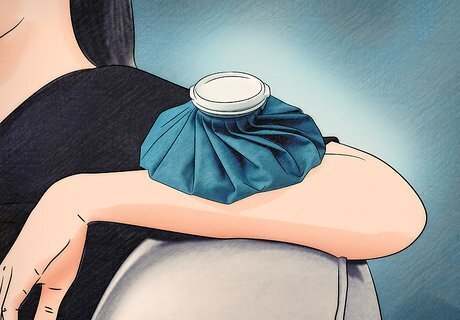
Take care of the bite by cleaning it and applying an ice pack. Clean the bite using soap and warm water; be sure to rinse it well. Elevate the bitten area, if possible, and place an ice pack over it; you can also use a cloth soaked in cold water. Washing the bite will help prevent infection while keeping it cool will keep the swelling down.
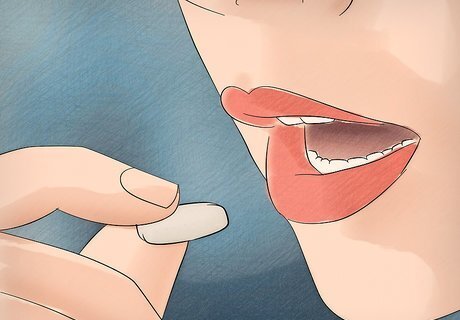
Take some over-the-counter medications. Spider bites can be itchy and uncomfortable, and brown widow bites are no exception. If you get bitten, consider taking some medication for it: Consider taking a pill, such as an acetaminophen, antihistamine, or ibuprofen. You can also use an anti-itch or anesthetic spray. Try to choose one that has benzocaine in it; this will help reduce the itching and pain. If the bite is red and won't stop itching, try an anti-itch cream, such as an hydrocortisone cream or a calamine cream.

















Comments
0 comment